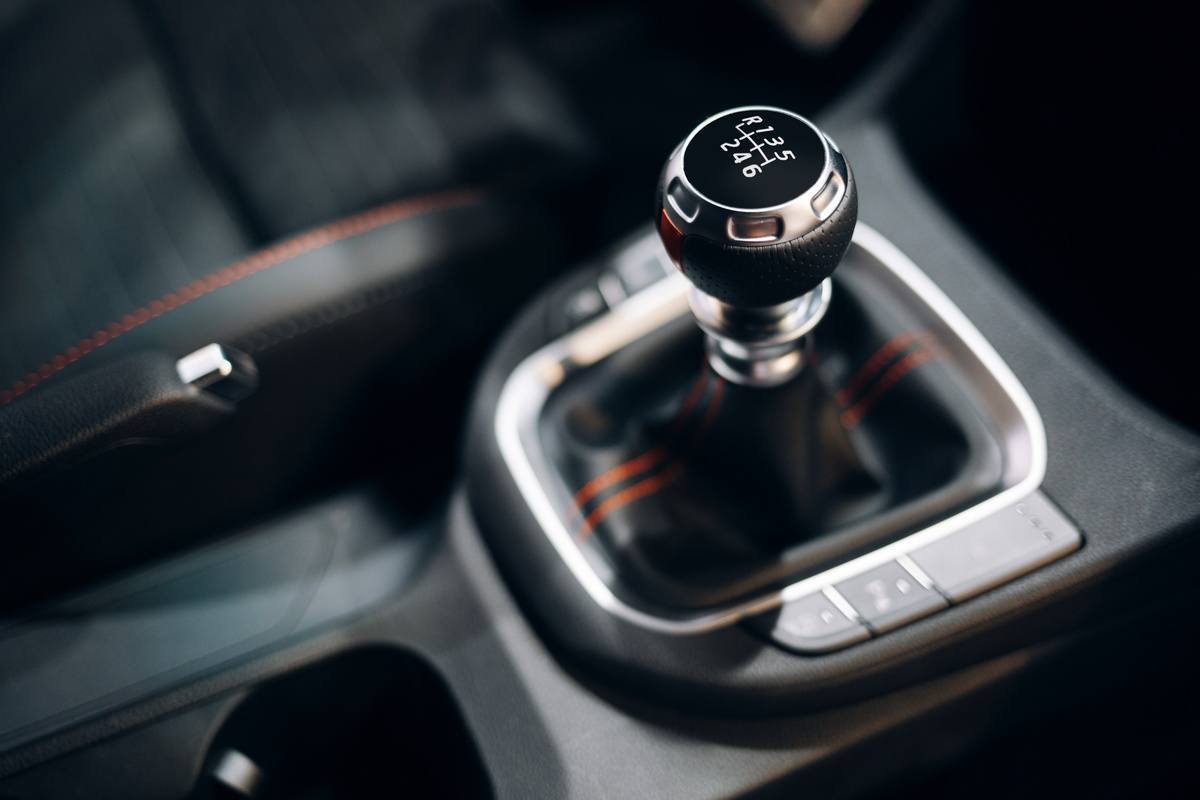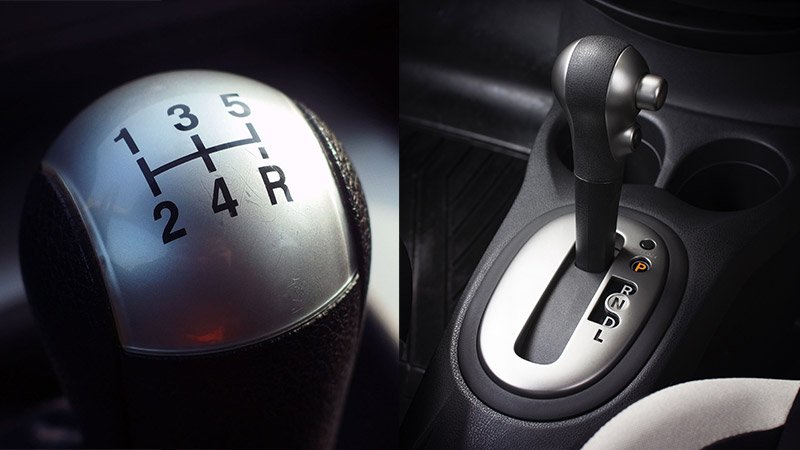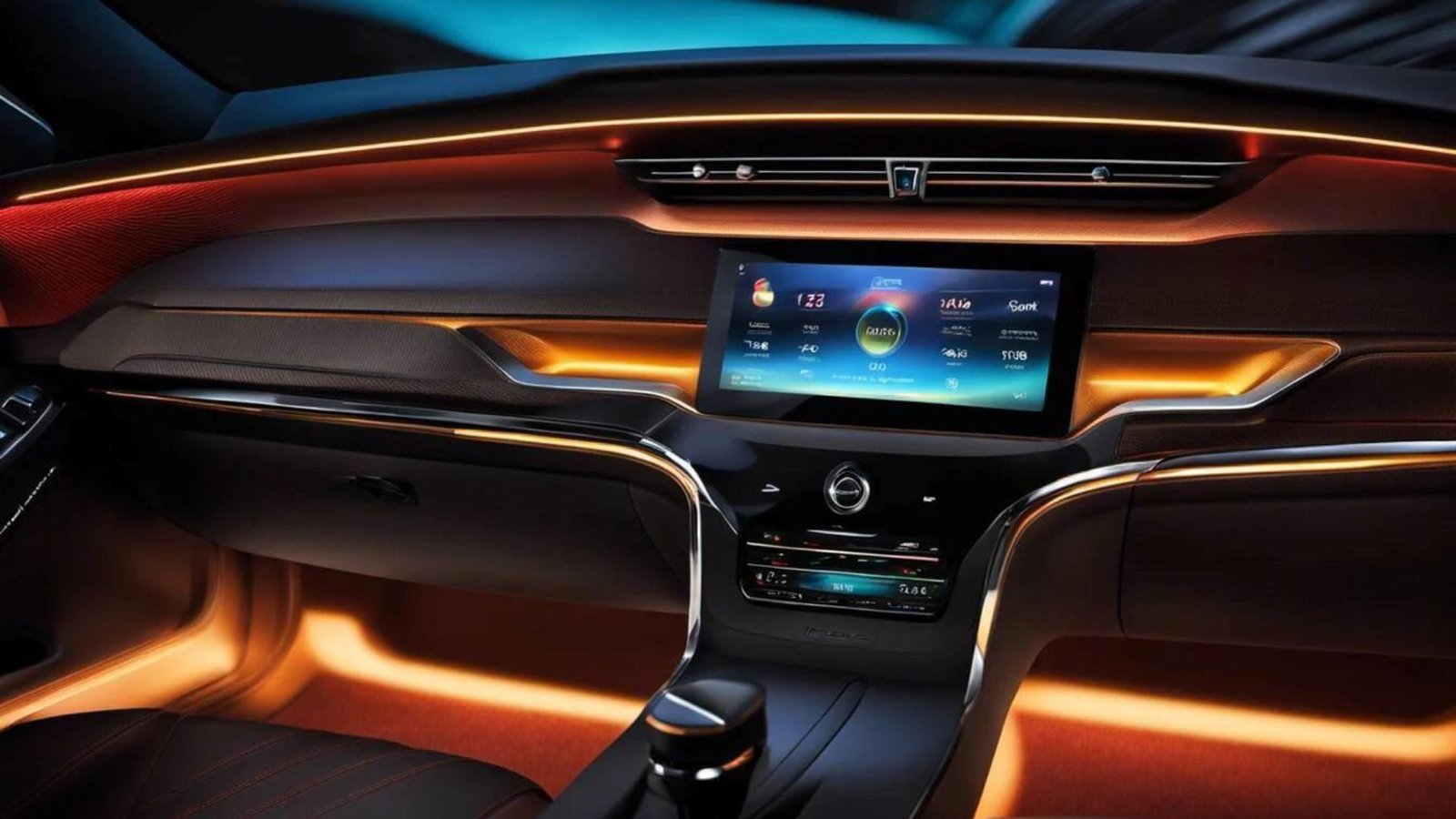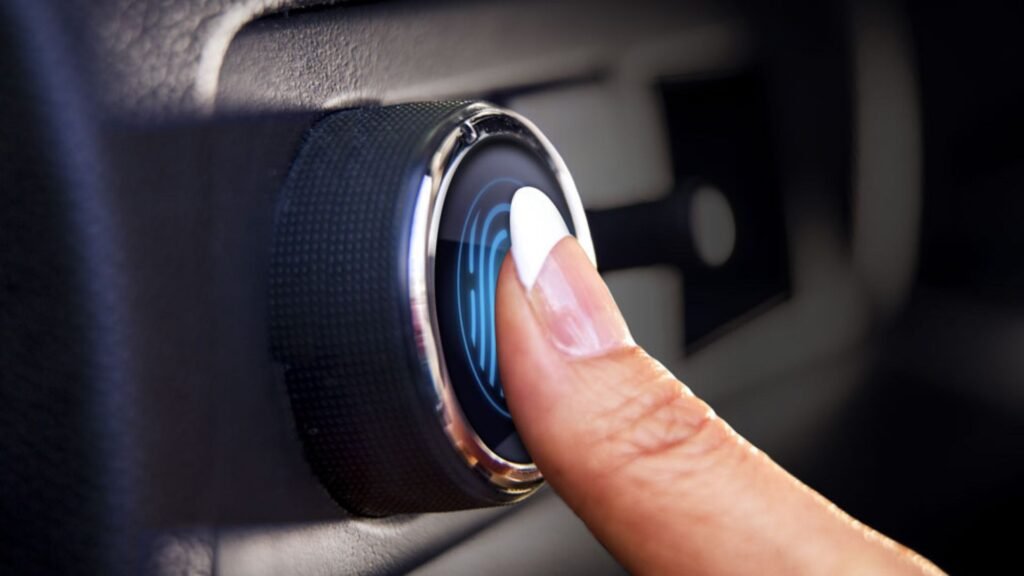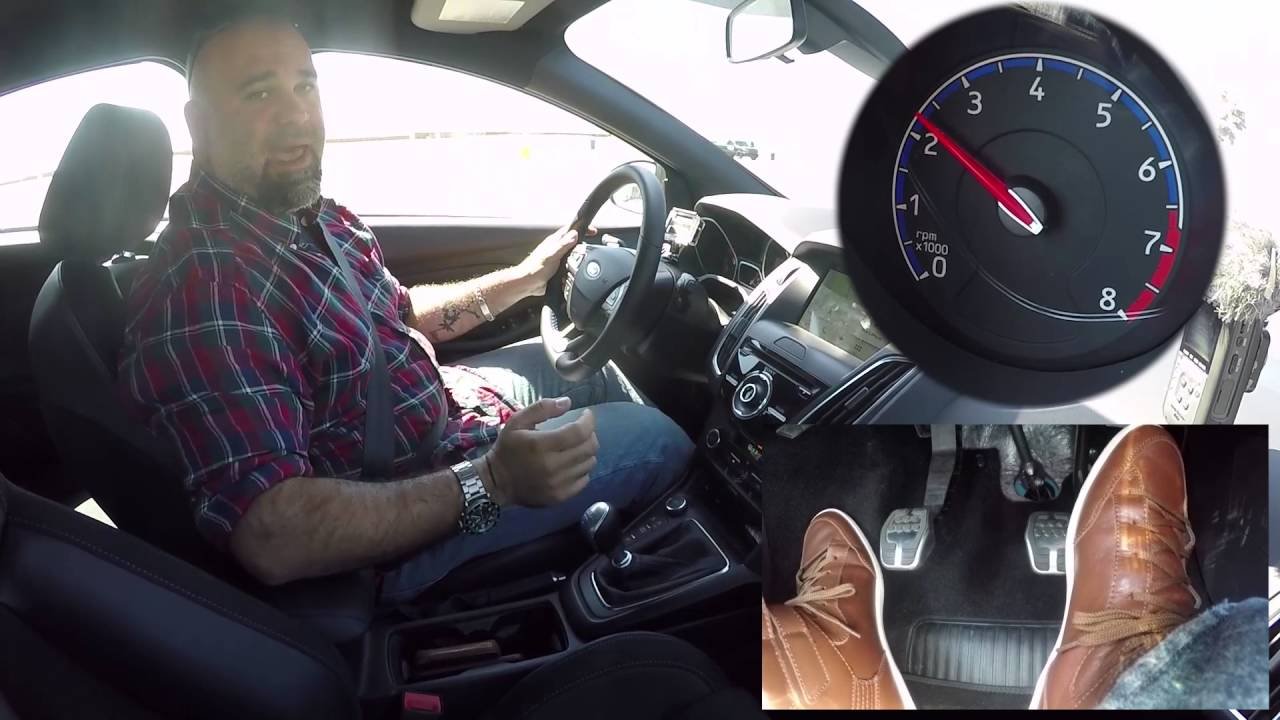Why Manual Cars Are Still a Favorite
Despite the rise of automatic transmissions and advanced driving technologies, manual cars continue to have a dedicated fan base. For many driving enthusiasts, nothing compares to the experience and control that comes with a manual transmission. In this article, we will explore why manual cars remain a favorite, even in the era of automation and convenience.
1. Greater Control Over the Vehicle
One of the main reasons drivers prefer manual cars is the greater control they provide. With a manual transmission, the driver has direct control over the gears and can choose when to shift. This level of control allows for more precise handling, especially on challenging roads or in various driving conditions.
For those who love to be in charge of their vehicle, manual transmissions offer a more engaged and connected driving experience. The ability to downshift or upshift as needed gives drivers a sense of mastery over the car’s performance.
2. A More Engaging Driving Experience
Driving a manual car requires more focus and skill. The need to shift gears, use the clutch, and balance the vehicle’s speed and power creates a more interactive experience. This active participation in the driving process makes manual cars appealing to those who enjoy the art of driving. Similarly, for those seeking excitement and engagement in their leisure activities, exploring the best casinos in Australia can offer a thrilling experience. Just as driving a manual car demands attention and expertise, playing at top-rated casinos emphasizes the importance of strategy and skill, making both pursuits enjoyable and rewarding for enthusiasts.
Unlike automatic transmissions, which take care of gear changes for you, manual transmissions demand more from the driver. This engagement makes driving more fun and rewarding, especially for enthusiasts who appreciate the nuances of the road.
3. Better Fuel Efficiency
Manual cars often offer better fuel efficiency compared to their automatic counterparts. Since the driver controls the gear shifts, they can optimize fuel consumption by shifting gears at the right time. In contrast, automatic cars may not always shift as efficiently, leading to higher fuel consumption.
For drivers who want to save money on fuel and maximize their car’s performance, manual transmissions are a great choice. The ability to control fuel consumption through efficient gear shifting can lead to long-term savings.
4. Lower Maintenance Costs
Manual transmissions tend to have lower maintenance costs compared to automatics. They have fewer complex components, which reduces the likelihood of costly repairs. Automatic transmissions require more advanced technology and electronics, leading to higher repair and maintenance expenses.
For budget-conscious drivers, a manual car can be more cost-effective in the long run. Fewer parts to fix or replace means that maintenance is generally simpler and cheaper.
5. Enhanced Performance on Challenging Roads
Manual cars excel in challenging driving conditions, such as mountainous roads or uneven terrain. The ability to manually control gears allows drivers to adjust to steep inclines, tight corners, or slippery surfaces more effectively. This performance advantage is one of the key reasons manual cars are popular among off-road enthusiasts and those who enjoy driving on varied landscapes.
The responsiveness of manual transmissions makes them ideal for drivers who need precise control in demanding environments. Whether navigating sharp turns or accelerating uphill, a manual transmission gives drivers the flexibility they need to handle the road with confidence.
6. A Timeless Driving Tradition
Manual cars represent a timeless driving tradition. For generations, learning to drive a stick shift has been seen as a rite of passage. Many drivers feel that driving a manual car connects them to the history of automobiles and the early days of motoring.
In a world where automation is becoming the norm, manual transmissions offer a sense of nostalgia and a return to the fundamentals of driving. This connection to the past resonates with drivers who appreciate the heritage and craftsmanship of manual cars.

Modern Mobility Meets Online Entertainment
Alternative Automobile 29 focuses on modern mobility and innovation. In the online entertainment space, Access Wolf Winner Casino represents the same spirit of advancement, offering users a smooth and engaging platform. Both celebrate forward-thinking solutions built on technology and trust.
7. Theft Deterrent
Interestingly, manual cars can also serve as a theft deterrent. Since fewer people know how to drive a stick shift, car thieves are less likely to target manual vehicles. This unintended benefit adds an extra layer of security for manual car owners.
While this may not be the main reason people choose manual cars, it’s certainly a unique advantage that automatic cars don’t offer.
Alternative Vehicles and Online Fun
Alternative Automobile 29 explores innovative vehicles and automotive solutions. While discovering new technologies, you can also enjoy online entertainment at jackpotjill Homepage. Combining automotive insights with digital gaming makes the experience exciting. Explore both worlds at once.
Aussie Gaming Experience
Enjoy Aussie online casino for a trusted and fun online gaming session. The platform provides slots, table games, and rewarding promotions. Every session guarantees safe and entertaining play.
Conclusion
Driving Innovation in the Automotive World
AlternativeAutomobile29.com explores the latest trends and innovations in the automotive industry, focusing on eco-friendly solutions and cutting-edge technology. The platform aims to inform and inspire enthusiasts and professionals alike with insightful content and analysis. Similarly, Jackpotjillvip VIP Login provides interactive and engaging digital experiences that connect users through entertainment. Both emphasize innovation, engagement, and delivering meaningful experiences to their audiences.
Manual cars remain a favorite for a variety of reasons, from the enhanced driving control they offer to the engaging experience they provide. Their fuel efficiency, lower maintenance costs, and ability to handle challenging roads make them a practical choice for many drivers. Beyond that, manual transmissions carry a sense of tradition and craftsmanship that appeals to driving purists. For those who value the art of driving, manual cars will continue to be a beloved choice, even as technology advances.


